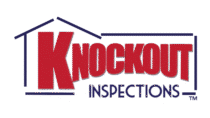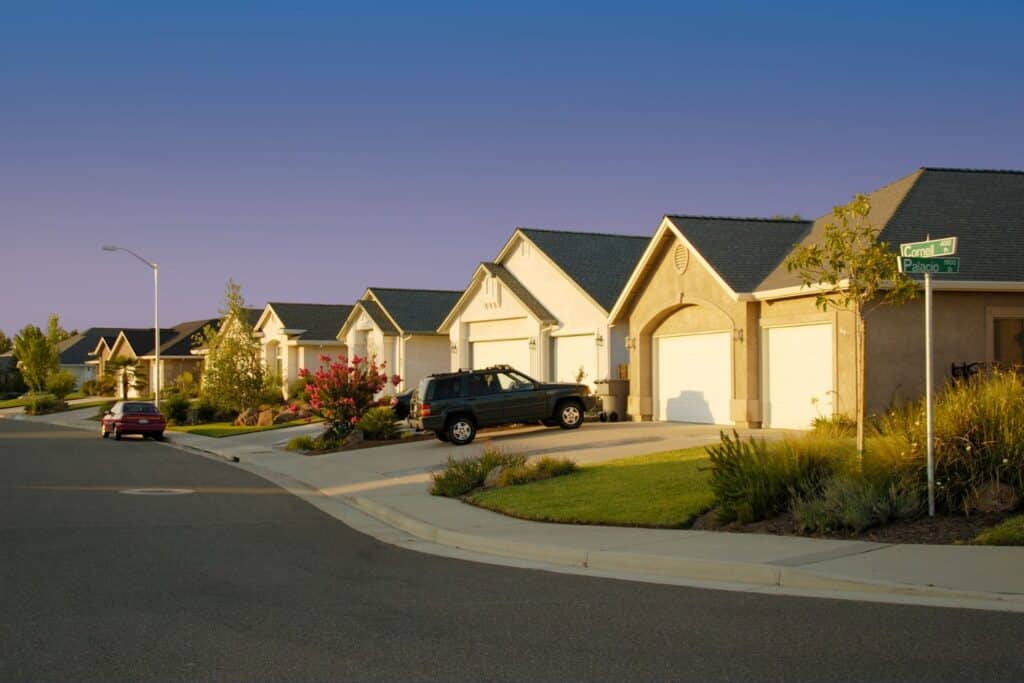Storms do not give much warning. High winds, heavy rain, and hail can tear up a roof in minutes. A Fortified Home Certification is a clear way to prove your home was built or upgraded to resist that kind of damage.
The certification is from the Insurance Institute for Business and Home Safety, for roof strength, water protection, and better connections between parts of the house.
According to research reviewed by IBHS, homes built to Fortified standards suffer less damage and make fewer insurance claims after major wind events. When Hurricane Sally hit the Gulf Coast, Fortified homes had far better outcomes than typical construction.
This guide explains what the program is, how to earn the certification step by step, and how to prepare so you pass on the first try. It is written in plain language to help you decide with confidence.
What Fortified Certification Means
Fortified is a set of construction standards designed to reduce damage from wind, hail, and severe storms. It goes beyond basic building code and focuses on the parts of the home that often fail first, like the roof deck, roof edges, gable ends, and large openings such as garage doors.
There are three levels:
- Fortified Roof focuses on a stronger roof deck, better nailing, a sealed roof deck, and edges that resist wind and water.
- Fortified Silver adds protection for openings, attached structures, and load paths.
- Fortified Gold ties the whole structure together from foundation to roof for the highest level of durability.
Homeowners can start with Roof and work up to Silver or Gold over time. This staged path keeps the process flexible and budget-friendly.

Is It Worth It?
The main reason is damage reduction. In independent reviews after Hurricane Sally, Fortified homes had fewer and less severe claims than nearby homes built to standard methods. Insurers noted large potential savings if more homes in the storm’s path had been certified.
Another reason is cost savings on your policy. Many carriers offer premium discounts or lower deductibles for a Fortified designation. Some states and communities also offer grants to help pay for roof upgrades. Check with your insurer and local programs for details.
A third benefit is water control. A sealed roof deck can keep most rain out, even if shingles are damaged or blown off during a storm.
According to university guidance that cites IBHS testing, a sealed deck can cut water entry by about 95%. Less water inside means less mold, less drywall damage, and a much easier cleanup.
The Step-by-Step Path to Certification
Step 1: Hire a Certified Fortified Evaluator
Only a certified evaluator can document your home for IBHS review. Evaluators complete training, pass an exam, and meet experience requirements. You can find one through the official directory.
Step 2: Get a Baseline Evaluation
The evaluator inspects your roof covering and roof deck, nailing patterns, underlayment, drip edge and flashing, wall to roof connections, gable ends, garage door ratings, and water entry points. You will receive a list of required upgrades for the level you want to pursue.
Step 3: Complete the Upgrades
Typical tasks include installing ring shank nails, adding a sealed roof deck and secondary water barrier, reinforcing gable ends, improving edge details, and upgrading openings such as garage doors or windows. Choose a contractor who is familiar with Fortified details so work is done exactly to standard.
Step 4: Document Everything
Photos and forms are required at each stage. The documentation checklist spells out which photos to capture and how to label them so the review is fast and smooth. Missing photos are a common cause of delays, so treat documentation as part of the job.
Step 5: Final Review and Certificate
After the upgrades, your evaluator completes the final inspection and submits the package. IBHS reviews the file and, if all requirements are met, issues your designation certificate, which your evaluator delivers to you. You can then share it with your insurer.

What Upgrades Matter Most?
Every home is different, but these upgrades deliver the biggest gains in storm performance.
A Sealed Roof Deck
Adding tape or a self-adhered membrane over roof deck seams keeps rain out even when shingles fail. This single change can prevent widespread interior damage.
Better Fastening
Ring shank nails hold roof decking more firmly than smooth shank nails. Stronger attachment means fewer panels lift in high winds, which also helps the roof covering stay put.
Strong Edges
Upgraded drip edge and underlayment at the eaves and rakes reduce wind getting under the roof covering and limit water intrusion at vulnerable edges.
Protected Openings
Impact-rated windows and doors, plus reinforced garage doors, reduce damage from flying debris and pressure changes that can stress the structure. This is a key part of Silver and Gold.
Continuous Load Path
At the Gold level, connections from the roof to the walls to the foundation are strengthened so loads move safely through the structure. This helps the home act as a single unit under wind forces.
Planning, Timing, and Budget Tips
Pair Fortified work with projects you already plan to do. If your roof needs replacement, build the Fortified Roof details into that job so you do not pay for labor twice.
Schedule work in fair weather when materials are available and crews can keep the roof dry during installation. Keep a shared folder with time-stamped photos from your contractor and evaluator. Good photo records speed up the review and reduce follow-up requests.
Many carriers and states now support Fortified with discounts, endorsements, or grants. Ask your insurer about any savings once you earn the certificate. Check your state or local programs for available incentives.
Other Questions Homeowners Ask
Do I have to upgrade the whole house?
No. You can start with Fortified Roof and add Silver or Gold later. This stepwise path helps spread costs over time while still improving protection right away.
Will I need to renew?
If you replace your roof or make major changes, you will need a new evaluation to keep your status current. Your evaluator will advise you if work triggers re-inspection.
Can new builds get certified?
Yes. Builders can follow the standard during construction and document each step. Homeowners receive the same designation upon IBHS review.
What if I live far from the coast?
Fortified standards help with many wind and hail risks, not just hurricanes. Homes in tornado and severe thunderstorm regions can benefit as well.
When to Call a Professional
Bring in a Fortified evaluator at the very start for the fastest route to certification for your home. They set the scope, capture the required photos, and make sure details match the standard.
Call an expert if you plan a roof replacement and want Fortified details included, if your home has unique features like complex gables or large overhangs, or if you had storm damage and need to repair in a way that protects your path to certification. An evaluator and contractor team helps you avoid rework, failed inspections, and missed insurance discounts.
Conclusion
A Fortified Home Certification proves your home was built with resilience in mind. It can reduce storm damage, speed up recovery, and may lower your insurance costs. The process is simple when you follow the steps and work with qualified pros.
If you want help getting started, allow Knockout Inspections to coordinate your evaluation, explain the required upgrades, and guide the documentation so you can earn your certificate with confidence.

